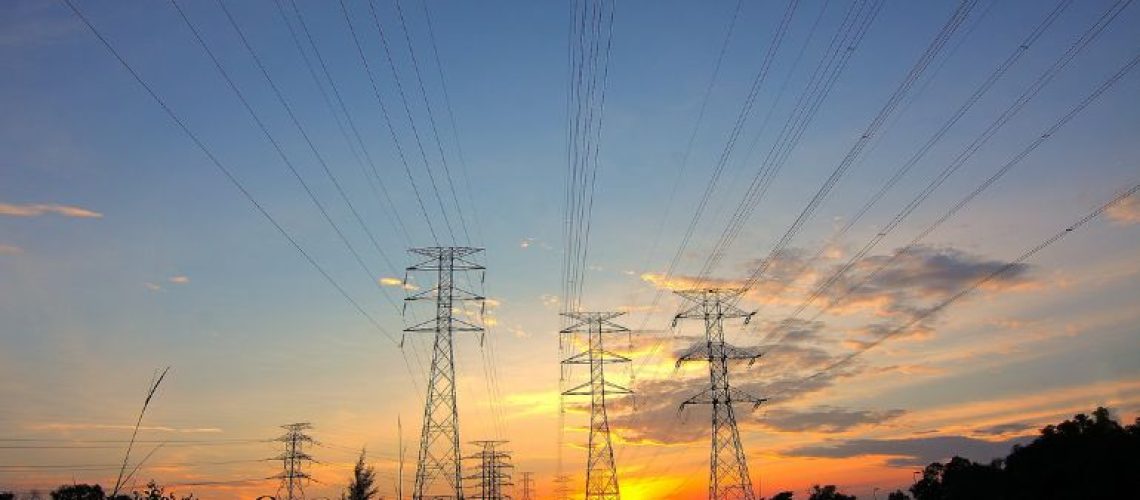Earthjustice has filed a complaint with the Federal Energy Regulatory Commission (FERC) on behalf of SEIA challenging a rule that prohibits renewables from providing ancillary services. Ancillary services help grid operators maintain a reliable electricity system, balance supply and demand, ensure reliability during extreme weather events and help the system recover after a power system outage.
Midcontinent Independent System Operator (MISO) is the only FERC jurisdictional grid operator to explicitly prohibit wind, solar and battery hybrid resources from providing ancillary services. MISO serves 45 million people in 15 states and Manitoba. The amount of energy produced from wind and solar is expected to increase significantly in the MISO region in the coming years. Wind, solar and battery hybrid resources have proven they can provide ancillary services. The temporary prohibition was instituted in 2011 by MISO and never revisited, the complaint seeks to lift this blanket prohibition.
“Regional transmission authorities should not restrict the services that renewables can provide,” said Aaron Stemplewicz, Earthjustice attorney. “FERC must order MISO to reform the current tariff provisions and business practices manual to allow wind and solar resources to participate fully and equitably in MISO’s wholesale market. Earthjustice will also challenge any attempts to strip wind, solar and battery hybrid resources from providing ramp capability. Any backsliding will be rigorously challenged with regard to the eligibility of renewable resources to provide all the services they are capable of providing.”
Ancillary services are critical components of ensuring the stability and reliability of the electric grid, as well as enabling the integration of renewable energy sources with variable output. Allowing wind, solar and battery hybrid resources, known as dispatchable intermittent resources, to be eligible to provide ancillary services could lower overall system costs, and could make the grid more reliable and resilient to extreme weather and climate disasters.
“For the last decade, the MISO has been discriminating against renewable generators, and it’s time that FERC corrects the record and gives renewables a fair shot,” said Melissa Alfano, director of energy markets and counsel at SEIA. “The fact is, the grid is changing, and energy markets need to keep up. Renewable assets like solar, storage, and wind have more than proven themselves as reliable, and we need to recognize the full scope of their benefits if we want to rapidly decarbonize in the next 10 years.”
MISO plans to file a request with FERC to remove ramp capability eligibility for renewable resources as well. Ramp capability refers to the ability of a power system to quickly increase or decrease its output to accommodate changes in electricity demand. Ramp shortages are the most common cause of short-term scarcities and price spikes.
News item from SEIA



